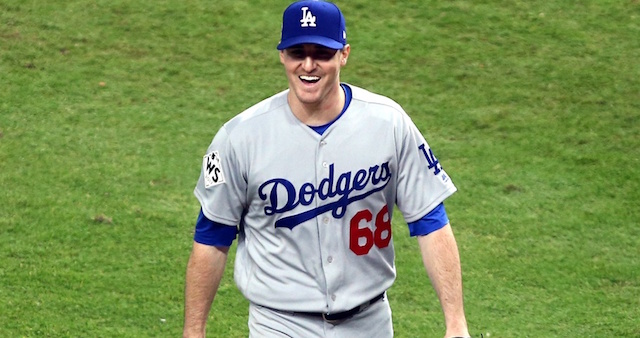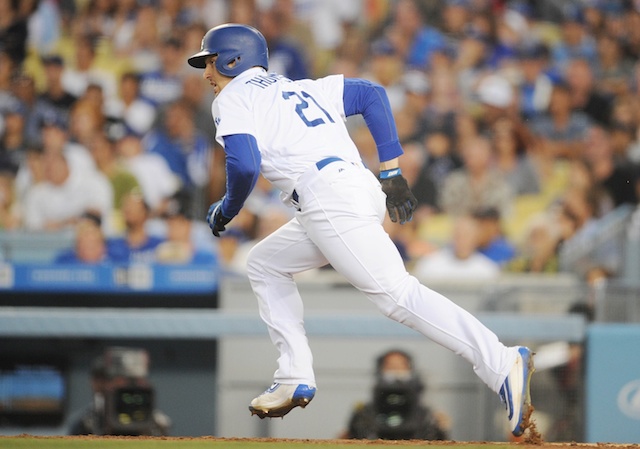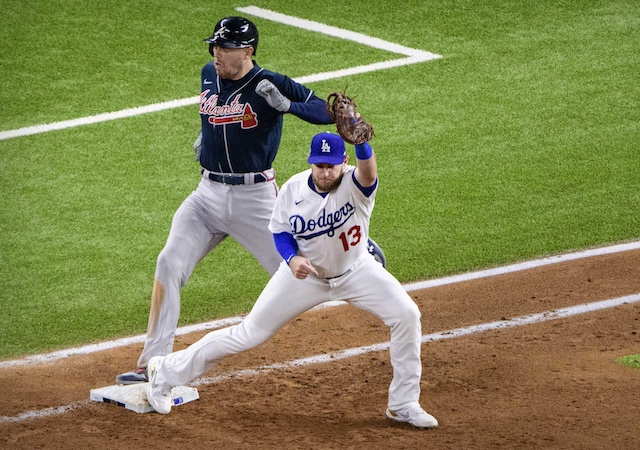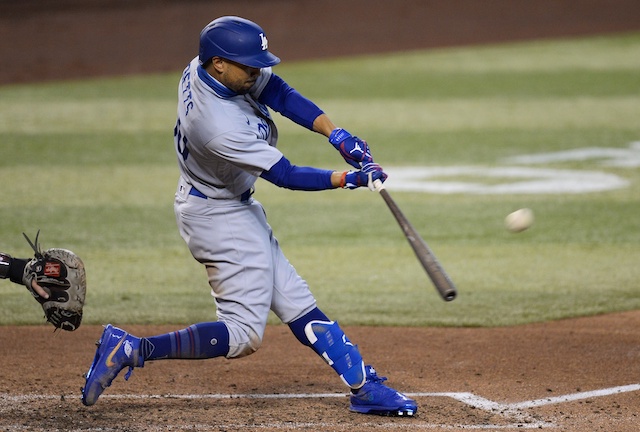With Rich Hill back on to the 10-day disabled list, where he’s joined Hyun-Jin Ryu and Clayton Kershaw, the Los Angeles Dodgers are now without three of their top five starting pitchers. For any team, a reality like this would be a devastating blow to their chances of success.
Not to mention a team like the Dodgers, who are still working to turn their season around. However, I began to wonder whether this was as devastating as it first seemed.
While Alex Wood and Kenta Maeda have been fantastic thus far (both have a FIP in the top-10 in all of baseball), the question was whether the team would have enough reinforcements at the back end of the rotation to keep things afloat.
Walker Buehler has been great but he’s a rookie who could reasonably regress as teams get more and more of a feel for him. Was there anyone else the Dodgers could count on?
Well, last Saturday, Ross Stripling took the mound and pitched the best game of his career: six innings, four hits, one earned run, zero walks and nine strikeouts. It led me to wonder whether Stripling not only a short-term answer to the team’s problem, but possibly a long-term one.
It’s weird to say this about Stripling — someone who has been around since 2016 and never really dominated “top prospect” lists. And yet, even looking at Stripling’s career as a whole, what he did Saturday shouldn’t have been completely unexpected.
For his career, Stripling has a 3.57 ERA and 3.56 FIP across 86 games (20 starts; 66 relief appearances). For some context, Julio Urias has an ERA of 3.86 and a FIP of 3.53 in 100 career innings.
While his career numbers are pretty impressive, it seems like in 2018, Stripling has made a jump. Before joining the rotation, Stripling was clearly the team’s best reliever this season — posting an absurd 0.59 ERA in 15 innings pitched.
In four starts this season, Stripling has pitched to a 3.26 ERA with 23 strikeouts over 19.1 innings.
So what’s the reason for Stripling’s improvement? Well, as you look into the numbers, it appears to be a combination of some luck and technical improvements.
On the luck side, Stripling is giving up more fly balls than he ever has before (35.5 percent) while also allowing fewer home runs per fly ball than ever before (6.1 percent). Last season he gave up fly balls 29 percent of the time, and of those fly balls, 16.1 ercent of them left the yard.
You could look into these numbers and conclude that somehow Stripling has gotten better at reducing the number of fly balls that go out, but the truth is many believe that this low of a number is more a product of luck than it is skill.
Fangraphs suggests that the league average for this ratio is somewhere around 10 percent — meaning Stripling is likely due for some real regression. Interestingly enough, part of the reason this number is so low is because 18.2 percent of the fly balls he has allowed have been classified as infield fly balls.
On the flip side, there are some things that Stripling can control that he has been doing a better job of. For one, he’s throwing more strikes. This season he is throwing 47 percent of his pitches inside the strike zone — up five percent from last season.
At the same time, he’s limiting hard contact, as just 25.3 percent of balls hit have been classified as ‘hard hit’ (down 7.5 percent since 2016). In fact, according to Statcast, the average exit velocity of balls hit off Stripling is just 84.7 mph — which is the 21st-best mark in the league.
What’s to make of all this? The home run/fly ball numbers are genuinely concerning as that number is far too low to be sustainable, and yet, in adjusting his pitch mix since coming up. Stripling is throwing more sliders and less fastballs, adding some velocity to his fastball (91.2 MPH in 2016 and 92.8 MPH in 2018) he has done a great job of limiting hard contact.
As it stands, we’re talking about a pretty small sample size this season but my overall conclusion is that Stripling may be better than I ever gave him credit for. I think he has the potential to be a high-end middle reliever at the very least, with the ceiling of someone who could slide into the No. 4 or 5 starter slot on a competitive team.
As part of our efforts to help you understand how we handle the personal information you share with us, and in preparation for the new European General Data Protection Regulation (GDPR), we’ve updated our Privacy & Cookies Policy. The updated Privacy & Cookies Policy will take effect on May 22, 2018. By using our services on or after that date, you’ll be agreeing to our updated Privacy & Cookies Policy. We recommend that you read our updated Privacy & Cookies Policy in full.








